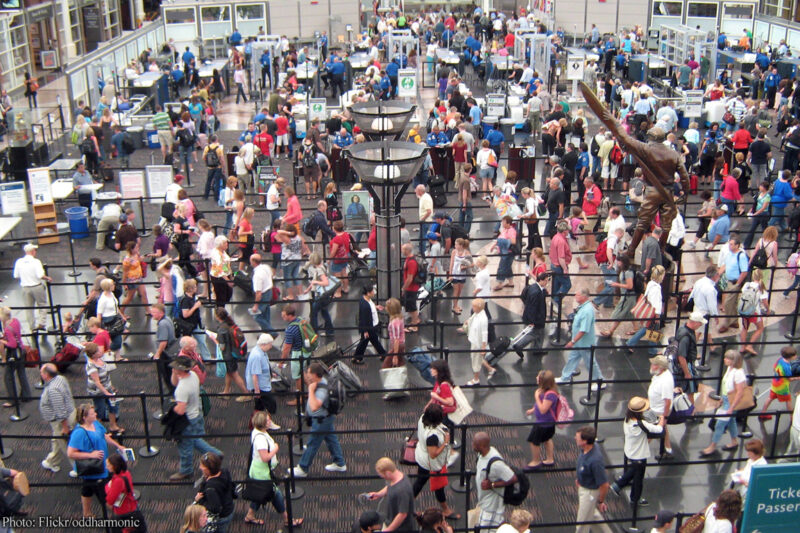TSA Response to Universal Criticism of Behavior Detection: More Behavior Detection


The Transportation Security Administration is turning to video technology to double down on its embattled effort to figure out our thoughts based on our behavior.
In a released last week, TSA revealed that it is field-testing (heads-up if youโll be traveling through the airport in Providence, Rhode Island) the โCentralized Hostile Intentโ program, which will assess โwhether behavioral indicators of malicious intentโ can be observed on a live video feed by TSA officers in remote locations.
The program is part of TSAโs larger Behavior Detection and Analysis programโformerly Screening Passengers by Observation Techniques, or โSPOTโโthrough which thousands of โbehavior detection officersโ in airports across the country scrutinize travelers for signs of โmal-intent.โ According to , those signs can include conduct as menacing as being late for your flight, yawning, or having body odor (we need you now more than ever, ).
I hesitate to call the TSAโs behavior detection program controversial, because that implies that it has at least some meaningful support. Virtually everyone outside the TSA who has reviewed the programโ , members of Congress from , โhas concluded that it is flawed and wasteful. Weโve been critical of the program as not only divorced from science, but also for encouraging discriminatory racial profiling. In March we filed a lawsuit for more information about the programโand perhaps any insight into why TSA continues to fund it.
So we were confused and disoriented (those are also among TSAโs signs of deception!) when we learned of the Centralized Hostile Intent experiment, which uses techniques that the TSA says would allow it to โexpand the scale of its behavior detection program.โ To test the program, TSA is sending volunteer actors into airport screening areas, filming them while they โmimic passengers who exhibit suspicious behaviors with hostile intent,โ and then seeing if behavior detection officers watching the video can detect the suspicious behaviors.
Iโm not a social scientist, but trying to detect volunteer actors pretending to be suspicious hardly seems like a bulletproof validation method. The results are likely to reflect the acting (or over-acting) ability of the volunteers as much as anything real. More troubling, however, is that TSA still seems oblivious to the fundamental problems with behavior detection: even if officers can detect these behaviors reliably, thereโs no indication that the behaviors actually reflect deception or โmal-intent,โ as opposed to everyday innocent conduct. That being the case, itโs difficult to see how these programs amount to anything more than what a former behavior detection officer a โlicense to harass,โ and another โa racial profiling program.โ
The picture gets darker still. This weekโs privacy impact assessment also stated that โvideo dataโ from the project will be used to develop โtracking algorithms for multi-camera person and object detection to determine a personโs path or possible associates in an operational environment.โ So if TSA officers in think youโre too fidgety, too sweaty, too harriedโand this is at the airport, rememberโtheyโll use video technology to track you, identify your family and friends, and track them, too.
On the same day that the TSA disclosed the Centralized Hostile Intent program, the Department of Homeland Securityโs Inspector General issued a scathing to Congress on TSAโs โlack of stewardship of taxpayer dollars,โ โquestionable investment in security,โ and โfailure to understand the gravity of the situation.โ Those are apt descriptions of the mind-reading and surveillance schemes that make up the TSAโs behavior detection programs.


